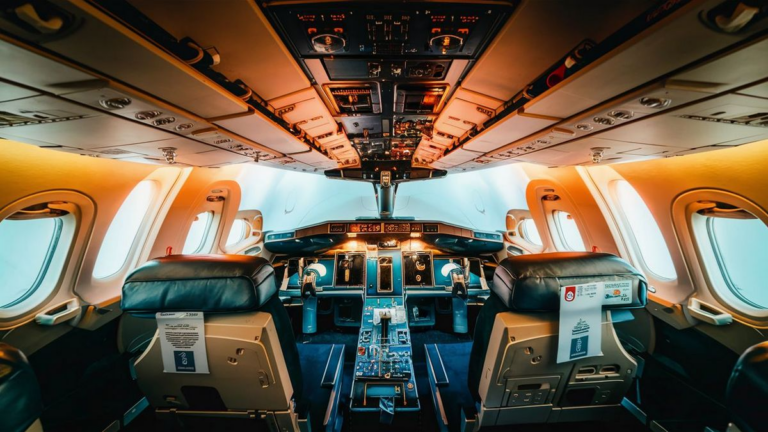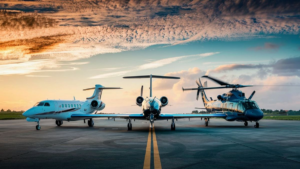When it comes to the safety of air travel, understanding turbulence and its effects on airplanes is crucial. Many travelers have questions about turbulence, particularly regarding its intensity and how much turbulence a plane can withstand. In this comprehensive guide, we will delve into the intricacies of turbulence and explore the limits of what modern aircraft can endure.
The Nature of Turbulence
Turbulence is a phenomenon characterized by irregular and chaotic airflow that can occur during flights. It is often caused by various atmospheric conditions such as thunderstorms, jet streams, or mountain waves. Turbulence can range in intensity from light to severe, and its effects can be felt differently depending on the aircraft’s size and design.
Factors Affecting Aircraft Tolerance to Turbulence
Several factors determine how much turbulence a plane can handle:
- Aircraft Type: Different aircraft have varying levels of structural strength and flexibility. Modern commercial airplanes are built to withstand significant turbulence.
- Design and Materials: Aircraft are constructed using advanced materials and engineering techniques to enhance their resilience to turbulence.
- Pilot Expertise: Skilled pilots are trained to navigate through turbulence safely, utilizing techniques such as altitude adjustments and course deviations.
- Weather Forecasting: Advanced weather forecasting systems enable pilots to anticipate and avoid areas of severe turbulence.
The Limits of Aircraft Tolerance
While airplanes are designed to withstand a considerable amount of turbulence, they do have their limits. Extreme turbulence, such as that encountered in severe thunderstorms or mountain wave conditions, can pose a risk to aircraft integrity and passenger safety.
Regulatory Standards
The aviation industry adheres to strict regulatory standards set by organizations such as the Federal Aviation Administration (FAA) and the European Aviation Safety Agency (EASA). These standards dictate the maximum loads and stresses that an aircraft must endure during flight, including turbulence.
Structural Testing
Before an aircraft model is certified for commercial use, it undergoes rigorous testing to evaluate its structural integrity under various conditions, including turbulence. These tests involve subjecting the aircraft to simulated turbulence to ensure it meets safety standards.
Safe Practices During Turbulence
Although turbulence is a normal and usually harmless aspect of air travel, it’s essential for passengers to follow safety guidelines provided by airlines:
- Keep seatbelts fastened while seated, even when the seatbelt sign is off.
- Follow instructions from the flight crew, who are trained to handle turbulence situations.
- Avoid moving around the cabin unnecessarily during turbulent conditions.
Overall, modern airplanes are built to withstand a significant amount of turbulence, thanks to advances in technology and stringent safety standards. However, it’s essential for passengers to remain informed and follow safety protocols during flights to ensure a safe and comfortable journey.
Frequently Asked Questions (FAQs) about Turbulence
Here are some common questions related to turbulence and aircraft safety:
| Question | Answer |
|---|---|
| 1. Is turbulence dangerous? | Turbulence itself is not inherently dangerous. However, severe turbulence can potentially pose risks to aircraft and passenger safety. |
| 2. Can turbulence cause a plane to crash? | While turbulence can be unsettling, it is highly unlikely to cause a plane to crash. Modern aircraft are designed to withstand even severe turbulence. |
| 3. Are smaller aircraft more susceptible to turbulence? | Generally, smaller aircraft may experience turbulence more noticeably than larger commercial jets due to their lighter weight and size. |
| 4. How do pilots predict turbulence? | Pilots rely on weather forecasts, reports from other aircraft, and onboard weather radar systems to anticipate and avoid areas of turbulence. |
| 5. Can turbulence be completely avoided? | While pilots strive to minimize exposure to turbulence by navigating around turbulent areas, it’s not always possible to completely avoid it, especially during certain weather conditions. |
Effects of Turbulence on Passengers
While turbulence is primarily a concern for aircraft safety, it can also affect passengers in various ways:
- Physical discomfort: Turbulence can cause discomfort or motion sickness for some passengers.
- Emotional reactions: Turbulence may induce anxiety or fear in nervous flyers, although it is typically not a cause for concern.
- Impact on inflight service: Severe turbulence may interrupt inflight service, such as meal or beverage service, for safety reasons.
See also:






